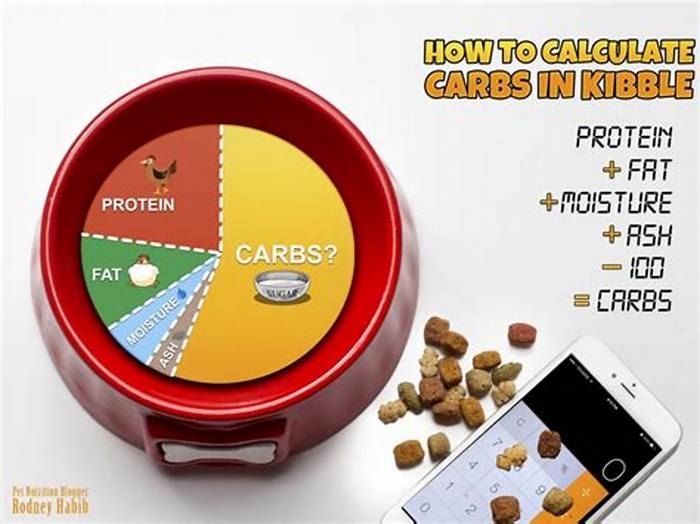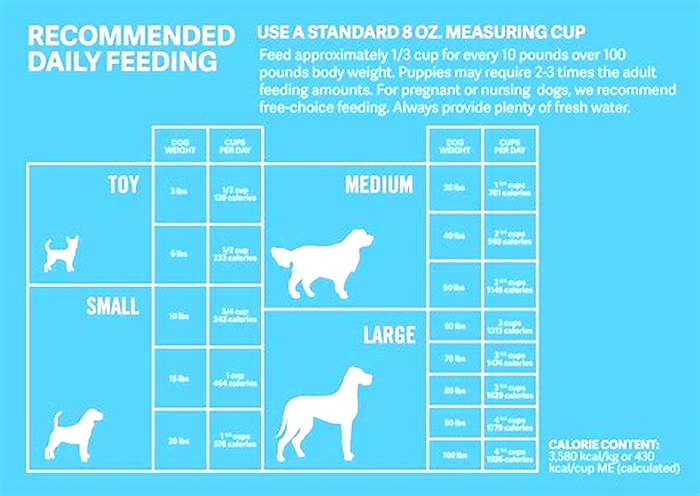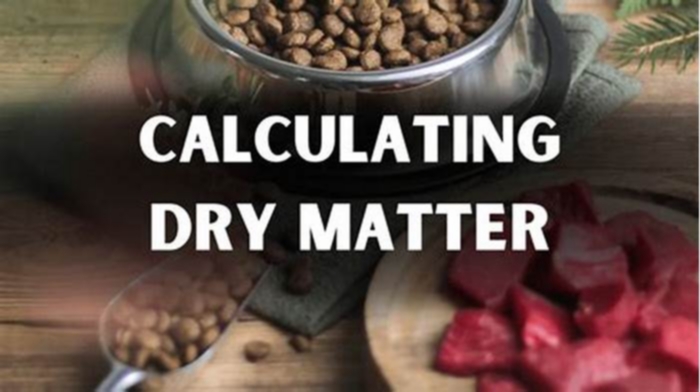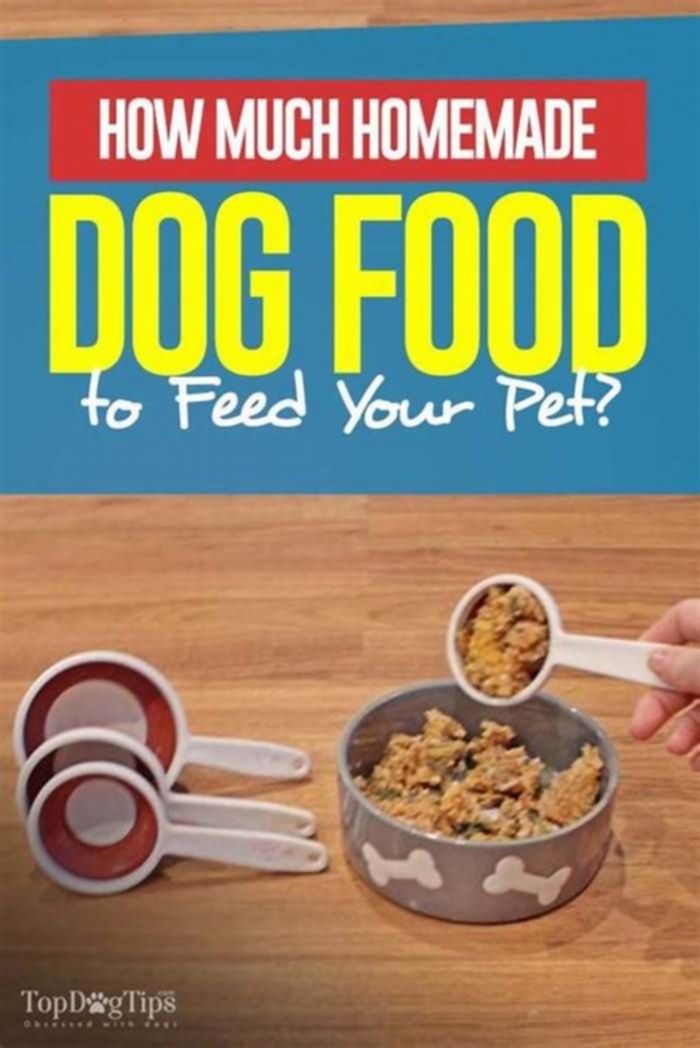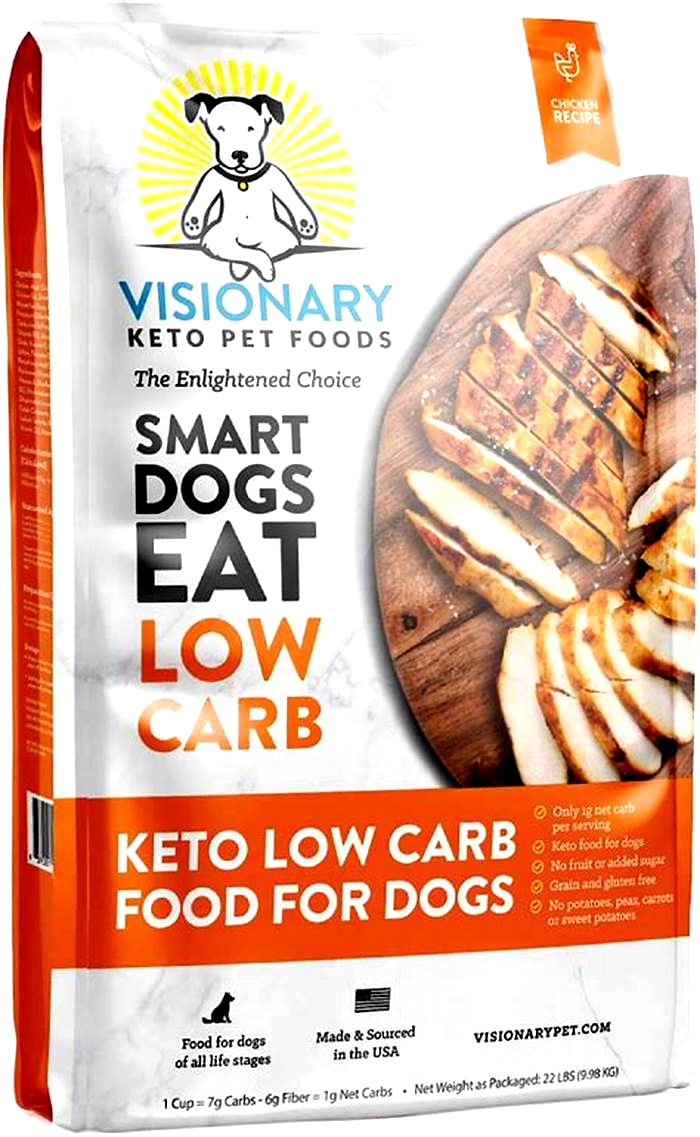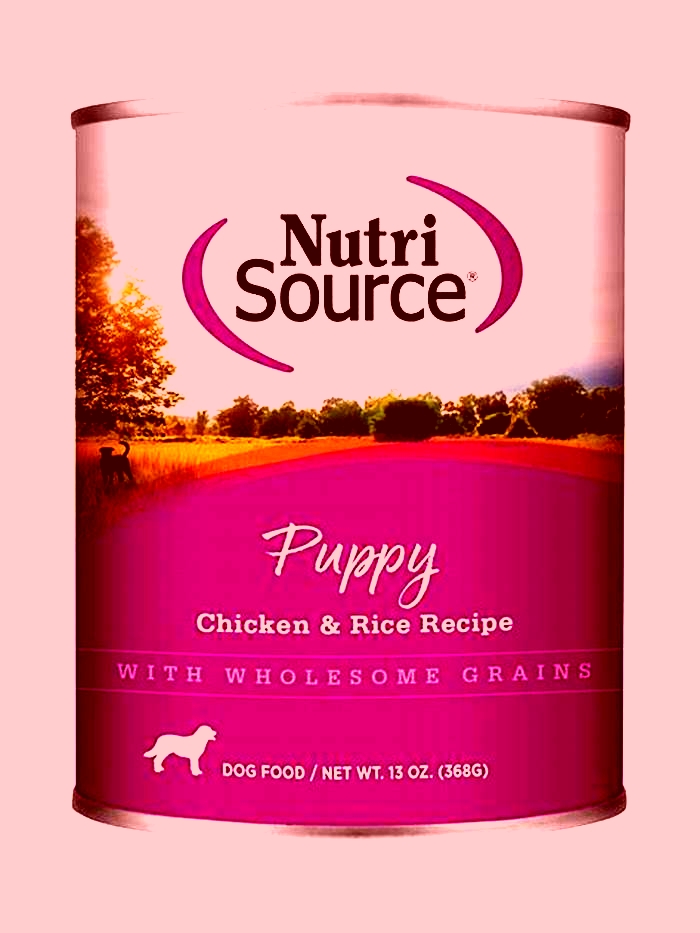cat food calculator
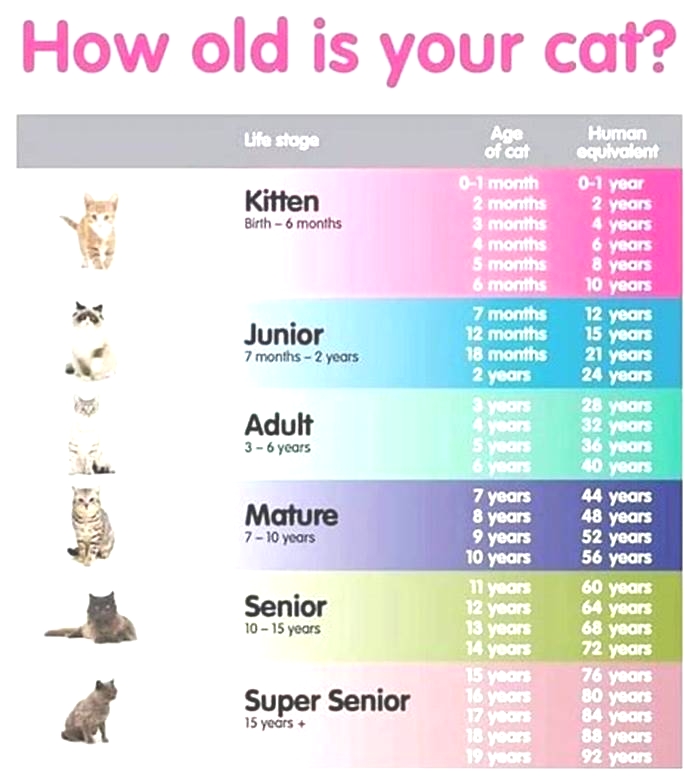
Cat Food Calories Calculator: Calculate How Much Food Your Cat Needs
How Often Should a Cat be Fed?
Determining the ideal feeding frequency for a cat involves considering factors like age, health status, and personal preferences. Generally, adult cats thrive with 2 to 3 meals each day. While some cats prefer two substantial meals, others find contentment in three smaller servings. Forming a consistent feeding routine tailored to your cat's needs is pivotal, as it regulates appetite and curbs overindulgence. For kittens, more frequent nourishment is essential to accommodate their heightened energy requirements for growth and development. Typically, young kittens necessitate 3 to 4 meals daily until approximately 6 months of age. As they mature, meal frequency can be gradually decreased, transitioning to the feeding schedule suitable for adults. If you harbor specific concerns regarding your cat's feeding regimen or if your feline companion grapples with health conditions demanding specialized dietary management, enlisting your veterinarian's insights is advisable. Their tailored guidance regarding optimal meal frequency and portion sizes aligned with your cat's distinct necessities proves invaluable.
How Often Should Kittens be Fed
Kittens have higher energy and growth requirements compared to adult cats, which means they need to be fed more frequently. Here's a general guideline for how often kittens should be fed: Newborn to 3 Weeks: Newborn kittens typically feed on their mother's milk. If they're orphaned, they require feeding every 2-3 hours, including throughout the night. 3 to 4 Weeks: At this age, you can start introducing kitten milk replacement formula or a high-quality kitten wet food. Feed them every 4-6 hours. 4 to 8 Weeks: Kittens can begin transitioning to solid food during this period. Offer a mixture of wet kitten food and kitten milk replacement formula. Feed them about 4-6 times a day. 8 to 12 Weeks: By this age, kittens can usually be fully weaned onto solid kitten food. Feed them 3-4 times a day. 3 to 6 Months: Continue feeding them 3-4 times a day, but you can gradually start reducing the frequency to 3 meals a day as they grow. 6 Months and Older: Once kittens reach around 6 months of age, you can typically transition them to an adult cat feeding schedule. This generally involves feeding them twice a day. Remember that these are general guidelines, and individual kittens may have varying needs based on their growth rate, activity level, and health status. Always consult your veterinarian for specific feeding recommendations tailored to your kitten's needs.
Unveiling Your Cat's Optimal Daily Food Portion: Navigating the Ideal Quantity
The quantum of sustenance your cat necessitates hinges on an array of facets such as age, size, weight, activity level, and overall well-being. Furnishing a well-rounded diet is pivotal for safeguarding your cat's vitality. Adhere to Feeding Guidelines: Most cat food brands furnish feeding guidelines on their packaging, grounded in your cat's weight. These guidelines proffer a foundational insight into the daily dietary intake required. Account for Age: Kittens mandate augmented sustenance to sustain their growth and energy requisites. With progressing age, their dietary needs might experience a marginal reduction. Adult cats, conversely, necessitate a uniform food allocation to uphold their weight. Regular Weight Check: Conduct regular weight assessments to ensure your cat resides within a healthy range. In instances of weight gain, you might contemplate tweaking food portions accordingly. In cases of weight loss, mulling over a portion increase could be warranted. Appraise Activity Levels: Energetic cats expend heightened calories and might require ampler portions. Conversely, cats with diminished activity levels or specific health conditions could lean towards smaller portions. Veterinarian Consultation: Your veterinarian ranks as the foremost authority to apprise you regarding your cat's individualized dietary prerequisites. They can factor in your cat's distinctive health exigencies and proffer apt food portion counsel. Steer Clear of Excessive Feeding: Overindulgence can usher in obesity and health complexities for cats. Staying aligned with stipulated portions and shunning exorbitant treats is prudent. Prioritize Hydration: Ensuring your cat accesses clean water at all times is imperative. Adequate hydration is pivotal for your cat's holistic well-being. Bear in mind, each cat constitutes a unique entity, devoid of a universal blueprint. Poring over your cat's demeanor, weight trends, and vet guidance will navigate you towards the apt food quantum, fostering your cherished companion's felicity and health.
Deciphering Feline Satiety: Recognizing When Your Cat is Well-Fed
Discerning whether your cat has consumed adequate sustenance is pivotal for their health and welfare. Below are indicators to assist you in gauging your cat's satiety: Consistent Meal Consumption: Observe if your cat consistently consumes the provided food during regular meals. If they routinely finish most or all of their food, it suggests sufficient intake. Weight Management: Regularly monitor your cat's weight. Maintaining a healthy weight, devoid of significant fluctuations, signifies appropriate food consumption. Energy and Activity: A well-nourished cat should exhibit energy and activity. An engaged, playful, and alert demeanor is affirmative. Healthy Coat and Skin: Adequate nourishment manifests in a lustrous, supple coat and well-maintained skin. These are telltale signs of a well-fed cat. Healthy Appetite: While ample consumption is crucial, possessing a wholesome appetite is equally vital. A sudden appetite decline or prolonged disinterest in food could indicate an underlying health issue, warranting a veterinarian's assessment. Absence of Persistent Begging: Satiated cats typically abstain from incessant food solicitation. Persistent meowing or beseeching for food after being fed might stem from a desire for attention, not sustenance. Behavioral Cues: Satiated cats may exhibit contentment through relaxed and satisfied behavior post-meal. They might engage in grooming, purring, or taking a nap. Bear in mind, individual cats boast distinct dietary requisites, and these markers are general guidelines. When in doubt about your cat's nourishment or overall well-being, seek guidance from a veterinarian. Their tailored recommendations, attuned to your cat's specific needs, will uphold their felicity and well-being.
Optimal Cat Food Portion
Providing the correct portion of cat food is pivotal for upholding your cat's health and well-being. Analogous to humans, maintaining proper portion control and balanced nutrition is paramount for feline vitality. Below are compelling reasons elucidating the significance of the right cat food amount:Weight Management: Dispensing the accurate food quantity aids weight regulation. Obesity, prevalent in cats, precipitates health complications like diabetes, arthritis, and heart ailments. Conversely, underfeeding can trigger malnutrition and other health issues.Preventing Overeating: Cats possess innate hunting instincts; in a domestic milieu, unrestricted access to food can lead to overindulgence. Furnishing the suitable food quantum at regular intervals forestalls overeating, championing a healthy weight.Nutritional Balance: The optimal food measure guarantees judicious nutrient delivery. A balanced diet encompassing apt proportions of proteins, fats, carbohydrates, vitamins, and minerals underpins overall health and organ function.Digestive Health: Employing an apt portion size averts digestive woes. Gorging or rapid food ingestion can precipitate vomiting and gastrointestinal maladies.Energy Levels and Activity: The fitting food quantity furnishes the requisite energy for daily undertakings. Whether sprightly kittens or sedentary seniors, the apt measure buttresses activity levels.Behavioral Issues Deterrence: Feeding adequacy curbs behavioral predicaments like begging and food aggression. Appropriate portions instill salubrious feeding routines, thwarting such behavioral conundrums.Cost-Effectiveness: Disbursing the accurate cat food quantum obviates wastage and maximizes the value derived from purchased food. Worth noting is the cat food quantum's variance contingent on age, activity level, and metabolic idiosyncrasies. Commence with the feeding guidelines inscribed on cat food packaging as a foundation. However, recognizing individual requisites is imperative; monitor your cat's weight and tailor the food amount correspondingly. In instances of uncertainty regarding the right portion size, consult a veterinarian for bespoke counsel. Periodic veterinary evaluations are integral for weight monitoring and holistic well-being assessment.
Wet and/or Dry Cat Food Calculator: How Much to Feed a Cat
Introduction
Welcome to our cat food calculator to help you estimate how much wet or dry food, or a mixture of both, to feed your cat so they don't become overweight or too thin. In this article, we will explore the following:
- An explanation of how to use the food calculator, including finding out how many calories are in the food, deciding what proportion of wet and dry food to feed, and selecting your cat's activity level
- How many times a day to feed your cat
- The benefits of feeding wet food, dry food, or a combination of both
- How many treats you can feed your cat each day
- How to find out if your cat is their ideal weight and how much to feed them if they are overweight or underweight
- How much to feed a kitten
- How much to feed a senior cat
- The best diets to feed
Also Read:Cat Water Intake Calculator | How Much Should a Cat Drink?
How Much Cat Food to Feed Calculator
Please note this feeding calculator is intended for healthy adult cats, who are their ideal weight, not those still growing, pregnant, lactating, or requiring significant weight loss or weight gain. The amount of food is calculated using the resting energy requirement (weight (kg)0.75 x 70) multiplied by a factor of 1 (inactive), 1.2 (average activity), or 1.4 (high activity).
Results:
Dry food per day:
Wet food per day:
Step 1 - Enter your cat's weight
Enter your cat's weight in kilos or pounds. You can either check with your veterinarian how much they weighed at their last visit or purchase digital pet scales to use at home.
We highly recommend having digital scales to use at home so you can monitor your cat's weight every 2-4 weeks. If their weight is trending upward, a reduction in calories is indicated. Conversely, if their weight is unintentionally trending down, it could indicate an underlying health condition that requires veterinary attention.
Beurer Digital Pet Scales
- Accurate, reliable, and comfortable digital scales
- Easily monitor your cat's weight at home every 2-4 weeks
- Gain valuable information about their health and detect potential issues early on
Step 2 - Enter what proportion of your cat's diet will consist of dry and wet food
The proportion of wet and dry food will depend on your cat's individual needs, underlying health conditions, practicality, preferences, and finances.
You may opt for 100% wet food, 100% dry food, or a combination, such as half and half (50% dry, 50% wet). You can also adjust the percentage of wet food until you get a convenient amount to feed in grams, such as one whole can.
Always consult your veterinarian for advice on how much wet and dry food they recommend for your cat.
Step 3 - Enter the kcal/kg of the food
1. Found on the Packaging or Online
The amount of kcal/kg (energy content of the food)can usually be located on the label packaging or online under the nutritional or feeding information.Dry cat food typically has around 3,500 to 4,500 kcal/kg, while wet cat food can range from 750 to 1,200 kcal/kg.
2. Convert Kcal/100g to Kcal/kg
Occasionally the calorie content will be listed as kcal/100g, so it must be multiplied by 10 to convert it to kcal/kg.
3. Convert Kcal/Can to Kcal/kg
Sometimes the calorie content is displayed per can or pouch and will need to be converted into kcal/kg using the net weight of the food (g or oz) and the total amount of kcal in one can.
4. Calculate the Kcal/kg
If the company doesn't display the kcal/kg, you can use our calculator below to estimate the number of calories per kilo. Enter the moisture, protein, fat, and crude fiber percentage, often found under the 'Guaranteed Analysis' or 'Analytical Constituents.' However, the value is only an estimate and is unlikely to be exact.
If the crude ash or moisture percentage is not reported, estimate 10% moisture and 7% ash for dry food, and 80% moisture and 3% ash for wet food.
5. Contact the Company
If you can't find out how many kcal/kg are in the food, and you don't have enough information to calculate the kcal/kg, or you want to be more precise than the estimation the calculator provides, contact the company and they should supply you with the information.
Step 4 - Select your cat's activity level
To calculate calories required, both the weight of your cat and their activity level needs to be considered, with more active cats requiring more calories. Select which definition best describes your cat.
- Inactive: a cat that spends most of their time sleeping or resting, has minimal physical activity and is prone to becoming overweight (resting energy requirements x 1).
- Average: a cat that naturally spends a lot of time sleeping and resting but also has daily playtime and exercise, and plenty of environmental enrichment is provided. They may also have access to the garden or an outdoor enclosure (resting energy requirements x 1.2).
- High: a cat that explores a large outdoor territory or goes on walks regularly with a leash and harness. Intact (unneutered) cats typically also require more energy (resting energy requirements x 1.4).
Feeding Results
The results for the amount of dry and wet food will be given in grams per day and can be split between how many meals you provide. However, it's important to remember the amount to feed is an estimate and may need to be adjusted based on regularly monitoring your cat's weight and body condition score (check out our step-by-step guide on How to Body Condition Score Your Cat).
Weighing the food using accurate digital scales instead of a cup is highly recommended. Onestudyfound owners might accidentally feed up to 80% extra food when using a cup. Also, a standard cup should be 250 ml/8 oz, but some people may not realize the 'cup' or scoop they use is larger.
How Many Times a Day Should You Feed Cats?
Cats are biologically adapted to eating small, frequent meals throughout the day since their wild ancestors (the African Wildcat) typically eat 7-20 morsels daily, such as mice, rodents, and reptiles. Mimicking their ancestors' eating behavior as closely as possible is believed to lead to increased health and wellness. Water intake in cats was also found in a study to increase with increased meal frequency.
Cats should eat at least two meals a day, or more (3-6) if possible. Of course, cats will also have their own preferences and different eating habits, with some cats being happy with the routine of two meals a day, while others will prefer several small, frequent meals.
A suggestion we find works well is to offer a wet meal in the morning and evening, and then provide dry food in a puzzle feeder during the day for enrichment. TheCat Mate Automatic Feeder can also be used to provide your cat with five meals throughout the day. It contains ice packs, so it keeps wet food fresh, and unlike other automatic feeders, you can control the exact portion size.
Once-a-day feeding is not recommended as your cat will likely feel hungry for a large part of the day, which is uncomfortable. Cats fed one big meal are also more likely to vomit soon after eating.
No matter how many meals are fed, portion control by splitting the daily allowance into the number of meals and weighing the food is necessary.
Use our calculator to determine the size of each meal.
g
Amount per Meal =
Cat Mate 5 Meal Automatic Feeder
- Provide your cat with small frequent meals, even when you are not home
- It has two ice packs, so can also be used with wet food
- Unlike other automatic feeders, you have precise control over the amount of food provided
- Dishwasher-safe and easy to clean
Should I Feed Wet or Dry Cat Food, or a Combination?
There is no one-size-fits-all answer to this question, as it ultimately depends on your cat's individual needs and preferences. Both wet and dry cat food can provide complete and balanced nutrition, and both have advantages.
- Cats' ancestors are desert dwellers who can produce highly concentrated urine and have most of their water needs met from the prey they eat; therefore, they rarely need to drink water and, for this reason, have a low thirst drive, meaning they are not the best at staying hydrated if only fed dry food.
- Wet food has a much higher water content of approximately 80%, compared to dry food, which has a water content of approximately 8%
- Wet food is beneficial for cats will health conditions such as chronic kidney disease, feline lower urinary tract disease (crystals, bladder stones, feline idiopathic cystitis), and constipation.
- Although there is significant variation between formulations, it's easier to achieve high protein and low carbohydrates with wet food, which is particularly beneficial for cats with diabetes.
- Overweight cats may find it easier to lose weight with a canned diet since the higher water content means fewer calories per gram and helps increase their feeling of fullness.
- It's easier to hide medications and supplements in canned food.
- Wet food can be warmed up to release its aromas and is often more palatable for cats with a low appetite.
- It can be used with LickiMat Slow Feeders.
- The cost tends to be lower.
- It can be kept out during the day without spoiling, which is helpful for grazing cats.
- It's easier to use with puzzle feeders, such asTrixie Activity Puzzles for Cats, which provide enrichment and mental stimulation.
- Diets formulated to help control plaque and tartar are only available as dry foods, such asHill's Science Diet Adult Oral Care, which has large, textured kibbles that contain a matrix of fibers that promote chewing and function like a toothbrush.
If your cat hasn't been put on a 100% wet or 100% dry diet for health reasons, then feeding a combination of wet and dry foods is often recommended to gain the benefits of both. If you offer wet and dry food, they should both be high-quality, complete, and balanced diets containing all the nutrients your cat needs (not 'complementary' feeds or 'toppers'). If your cat receives a specific diet for health reasons, feeding wet and dry foods from the same brand for the same condition is recommended to avoid undoing the benefits.
Introducing and feeding a combination of wet and dry food is also helpful for establishing flexible eating habits, as your cat may develop a health condition later on that would benefit from a specific diet, such as wet food to help with chronic kidney disease. If they aren't exposed to different textures, they can become stuck in their ways, and it's harder to convert them when they're older.
If your cat doesn't eat all their meal in one sitting, it's not recommended to mix the wet and dry in the same bowl as wet food spoils much quicker than dry.
Since cats have a low thirst drive and are not the best at staying hydrated, if you opt to feed a 100% dry diet or a combination of wet and dry, read our 20 Top Tips to Get Your Cat to Drink More Water to help ensure they stay hydrated.
How Many Treats Can My Cat Eat?
Your cat should be fed less of their main diet if feeding treats, and the calories from treats should not comprise more than 10% of the daily recommended caloric intake to avoid an unbalanced diet and nutritional deficiencies.
Check out the Cat Treat Calculator to estimate how many treats your cat is allowed each day and the reduced amount of their main diet to feed once the calories from the treats have been taken into consideration.
How Do I Know if My Cat Is Their Ideal Weight?
The best way to determine if your cat is at their ideal weight is to perform a body condition score (BCS) evaluation. This involves looking at and feeling your cat, focusing on the ribs, waist, and belly.
A cat at their ideal weight should have a visible but not overly narrow waist when viewed from above, a slight abdominal tuck when viewed from the side, and their ribs should be easily felt but not visible. In addition, you should be able to feel a small fat bad on their belly, between and just in front of their rear legs, within their primordial pouch, but there should not be fat pads on the rest of their body, such as their face, limbs, and back.
For a step-by-step guide on evaluating your cat and assigning them a score from 1-9, read How to Body Condition Score a Cat.
How Much Should I Feed My Overweight Cat for Weight Loss?
For slightly overweight cats, the amount of recommended food can be reduced by 10%. However, their weight should be regularly reassessed and the amount of food adjusted as necessary.
Use the calculator below to subtract 10% from the recommended amount of food.
If a cat is moderately to severely overweight, reducing the amount of their regular food by more than 10% can result in nutritional deficiencies. Therefore, you should feed diets formulated for weight loss that are low in calories and nutrient-dense. For more information, read How to Help a Cat Lose Weight.
If your cat is overweight, it is essential to work closely with your veterinarian to establish a target weight and a diet plan, including which food and the amount to feed. Your cat will need to be regularly reassessed, and the plan may need adjusting based on their progress.
How Much Should I Feed My Underweight Cat for Weight Gain?
The amount of recommended food can be increased by 20% for underweight cats. However, their weight should be regularly reassessed and the amount of food adjusted as necessary.
Use the calculator below to add 20% to the recommended amount of food.
Causes of weight loss in cats include insufficient calories, dental disease, intestinal parasites, chronic kidney disease, diabetes, hyperthyroidism, and gastrointestinal disease. If your cat is underweight, it is critical to work with your veterinarian to determine the underlying cause and create a treatment plan, including which diet to feed and how much. Additional ways to help increase food intake include:
- Food texture. Cats with dental pain or who have had most of their teeth removed may prefer softer foods like pate and mousse. Mashing the food may also make it easier to consume.
- Appeal to the senses. Offer highly palatable and fragrant flavors, or gently warm the food to release the aromas.
- Ad-lib feeding. Provide food ad-lib (also known as free feeding, meaning it is available at all times) or frequently throughout the day.
- Whisker-friendly dishes. Some cats prefer wide, shallow whisker-friendly bowls or plates, as they don't like their sensitive whiskers touching the side of the bowl.
- Multiple food bowls. Since cats are naturally solitary feeders, placing multiple food bowls in separate locations is best if you have more than one cat to reduce competition and stress.
- Food bowl location. Place food bowls in a quiet area, where they can be easily accessed, and away from their water bowl and litter tray (cats in the wild tend to eat, drink, and toilet in separate locations to avoid contamination). Ideally, food bowls should not be near windows or glass doors, especially if stranger cats are outside.
- Raised bowls. If your cat has arthritis, provide them with a raised bowl for comfort, as it puts less strain on the neck, shoulders, and elbows.
- Praise. Some cats respond well to words of encouragement and gentle petting while eating.
- Never force feed. Do not force feed a cat with food in a syringe as it will likely cause them to dislike both you and the food, and there is a risk of inhaling food into their lungs. If a cat is unwell, not eating, and losing weight, you need to visit the vet to address the underlying problem, and they may require appetite stimulants, anti-nausea medications, or a feeding tube.
How Much Should I Feed My Kitten?
Growing kittens have relatively high-calorie requirements that continue to increase as they grow, so to determine the amount to feed we recommend following the feeding instructions found on the package, which are usually based on body weight and age.
However, feeding guidelines can sometimes be quite broad, and the actual amount your kitten requires may vary depending on their activity level and the environment. Therefore, Waltham Petcare's evidence-based growth charts can be used to check your kitten is following normal healthy growth, which will help you establish if they are being fed the correct amount. However, never rely only on growth charts; always consult your vet to ensure your kitten's weight and the amount of food they are fed is appropriate.
Plotting growth charts requires you to know your kitten's age in weeks, so if you are unsure, use our calculator below:
Kitten growth chart instructions:
- From 8 weeks of age (or as soon as possible), weigh your kitten every 2-4 weeks using accurateand comfortable scales, such as Beurer Digital Pet Scales.
- Find their age (in weeks) on the horizontal axis and weight (in kg) on the vertical axis and make a dot where the lines intersect.
- A kitten's growth should approximately follow one of the curves (centile lines); it doesn't matter which one or if the growth follows between two curves.
- If the growth you are plotting deviates significantly higher than the line they were following (crosses two or more centile lines upwards), your kitten may be at risk of becoming overweight, and the amount of food needs to be decreased. If the growth deviates significantly lower than the line they were following (crosses two or more centile lines downwards), this may indicate they have become underweight, for example, due to underfeeding, intestinal parasites, or an underlying disease.
- Always discuss the results with your veterinarian.
Normal Kitten Growth Charts
Abnormal Kitten Growth Charts
Kittens require diets specifically formulated to support growth and development until 12 months of age. It's also advisable to feed kittens various textures to develop flexible eating habits in case the diet needs to change later in life for health or practical reasons. However, when incorporating a new food into the diet, it's best to do so slowly to avoid causing an upset tummy resulting in vomiting or diarrhea.
Recommended Foods for Kittens
| Product | Empty | Features | Price |
|---|---|---|---|
 | Slices | Royal Canin Kitten - Thin Slices in Gravy
| View on AmazonView on Chewy |
 | Purina | Purina Pro Plan Kitten - Pate
| View on AmazonView on Chewy |
 | Dry | Royal Canin Kitten - Dry
| View on AmazonView on Chewy |
 | Neutered | Royal Canin Spayed/Neutered Kitten - Dry
| View on AmazonView on Chewy |
How Much Should I Feed My Senior Cat?
The amount to feed a senior cat will depend on if they are underweight (see how much to feed an underweight cat),their ideal weight, or overweight (see how much to feed an overweight cat).
A research paper found that from around 12 years of age, cats will naturally start to lose fat and muscle mass, and are prone to becoming underweight. They are less efficient at digesting fats and proteins, so they should be provided with a high-quality and easily digestible diet to help prevent weight loss. Maintaining an ideal weight is important to help them cope with health problems they may develop in their older age, such as chronic kidney disease or cancer.
Recommended Senior Cat Foods
What's the Best Food to Feed My Cat?
When selecting a cat food, follow the World Small Animal Veterinary Association (WSAVA)Guidelines on Selecting Pet Foods. In summary, choose a food brand that:
- Employs at least one full-time qualified nutritionist
- Employs qualified and experienced pet food formulators
- Meets the Association of American Feed Control Officials (AAFCO) or European Pet Food Industry Federation (FEDIAF) nutrient profile guidelines
- Has adequate quality control measures to ensure food safety
- Performs product research and nutritional studies
- Labels the product as 'complete', meaning it will provide all the nutrients your cat needs, rather than a complementary feed
Purina,Royal Canin, andHill'sare companies that go above and beyond fulfilling the WSAVA guidelines. They employ a team of full-time veterinary nutritional specialists and experts with degrees (MS/Ph.D.) in animal nutrition. They also perform feeding trials to ensure diets are balanced and complete, and contribute extensively to animal nutrition research.
If there is another pet food company you prefer, contact them to ensure they fulfill the WSAVA recommended criteria. They should be easily contactable and happy to supply the requested information.
If your cat has a health condition that requires a specific diet, it's important to follow the recommendations of your veterinarian.
Homemade diets are often not nutritionally balanced, so they are not recommended unless you follow the advice of a veterinary nutritionist. Raw meat may contain dangerous pathogens that can affect your cat and your family, and there are no scientifically proven benefits, so it is also not recommended.

